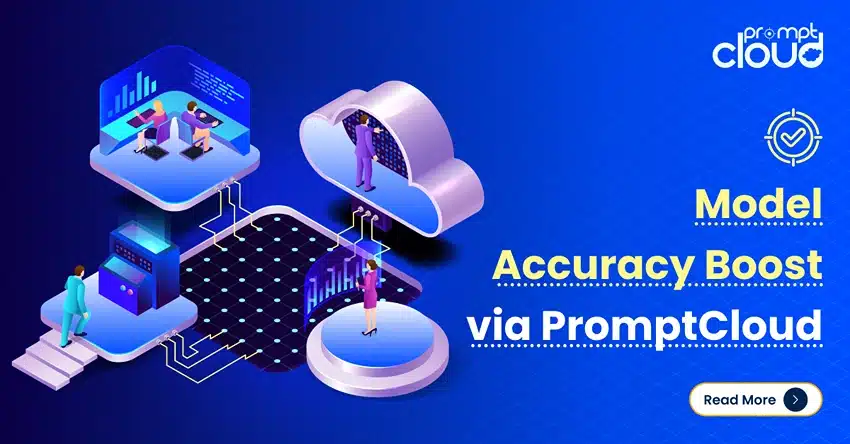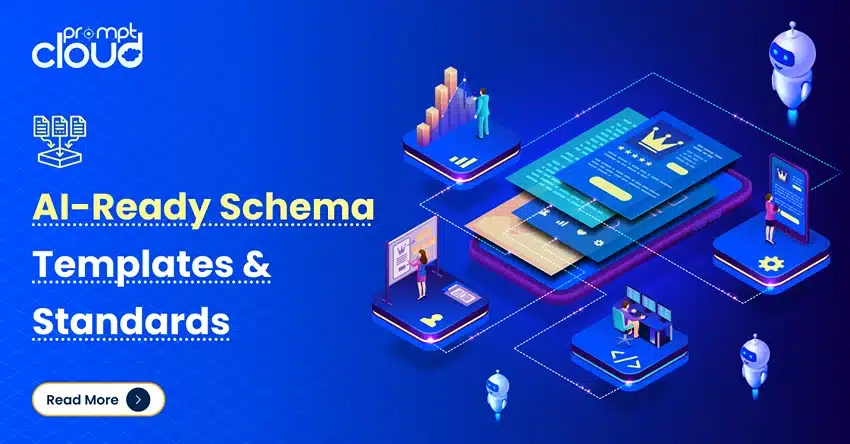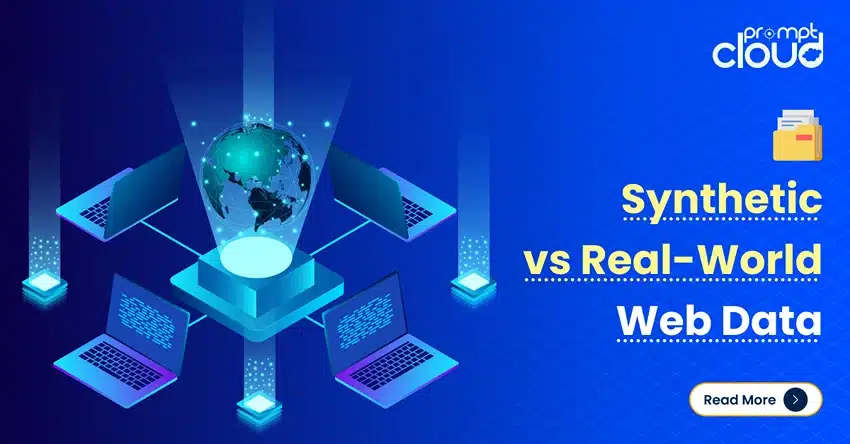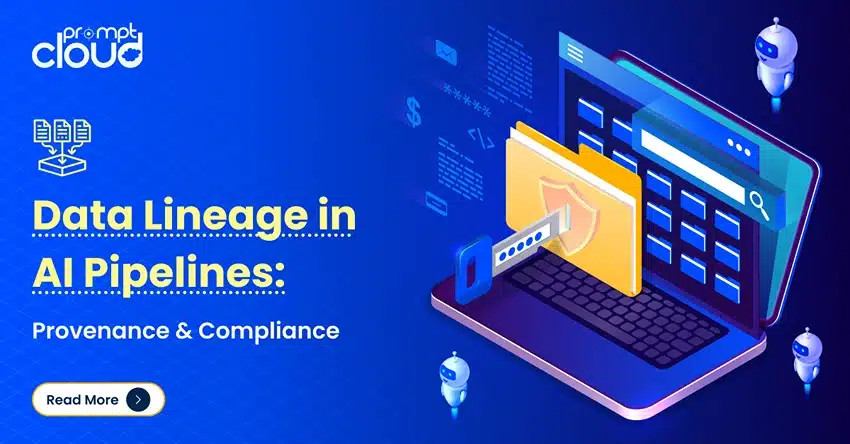Content Marketing has come up as a de-facto success driver in inbound marketing for digital companies. Rather than pushy ‘in-your-face’ ads, inbound marketing tactics are becoming increasingly preferred by online customers. Readers are attracted to brands that display friendliness and industry authority. And this complex objective can be easily achieved with the help of content marketing.
If you pit content marketing versus paid search, stats show that content marketing yields 3x more than paid search per dollar spent. This is primarily due to the lower upfront costs and this is why content marketing is such a big draw for many B2B companies.
Data is an important part of a content marketer’s life. Be it engagement time, bounce rates, site retention time, leads per keyword, conversion rates, or cost per lead, there are tons of data to be monitored and analyzed from different sources in different formats (in both structured and unstructured format)
How data visualization comes into the picture?
With the massive importance given to data it is important to make sense of the data deluge. An innovative way is needed to present data in a visually appealing manner. And Data visualization is that innovative way. Data visualization is helpful in taking data and making it immensely scannable and digestible.
When stakeholders and business managers explore the interactive dashboard, charts, reports, and scatter diagrams, they get quick and accurate answers to critical questions like
- What opportunities can be tapped into for maximum gains?
- How can the right mix of content marketing approaches be achieved for best ROI?
- How effective are the content marketing efforts
- At what point of the sales funnel are most of the customers dropping off?
- What are the things we aren’t doing right vis-à-vis the competition?
Points to remember when incorporating data visualization for content marketing
1 – Use data correctly
It is true that decision making without data is premature and perilous. But it is also true that taking decisions backed by inaccurate data is equally dangerous. If the data’s primary source is from an external party, it is advisable to verify its source and accuracy before applying it through data modelling, analytics, and visualization. Appropriate outliers need to be adjusted so that the results don’t skew too far.
2 – Include storytelling with data
When you present key data insights, make sure to build a stronger case by adding storytelling. Do this and see an immediate boost in the level of involvement and participation by the business audience.
The first step to get this right is to know the target audience persona, so that you can craft the storyline according to their sensibilities, their characteristics, and their stated objectives.
Next, you can create a relevant content marketing offers like e-book download or in-depth guide, Use the data you have with you to support and weave the story in the text.
3 – Allow exploration
A lot of users of the charts demand a high level of interactivity. Make sure to present your reports with a lot of buttons and drop downs for granular drill downs.
Remember that the goal is to present the varying and complex content marketing performance data in a precise way. This way, it is easy to understand by business leaders and unit managers looking at the business aspect.
4 – Know what metric you would be tracking
It is easy to get inundated by the numerous KPIs that are used to gauge whether a content marketing campaign is a success or no. By narrowing down which KPI you want to focus on, the ‘noise’ can be reduced and better focus on the issue at hand can be enabled.
This helps marketers to assess the efficacy of the content in relation to the business objectives. Data visualization in the form of bubble charts shows clearly which content generates better ROI and hence needs to be more actively promoted.
5 – Add data visualization when presenting data to customers
Visual representation of data takes on various forms like maps, infographic, charts, and graphs. While the type of data being presented will dictate what type of visualization you opt for there are a few common best practices as below:
1. Is the context right in the presentation?
Ask yourself this? If you removed all story associated with the visual presentation, will the reader still be able to understand what it is talking about?
Viewers should be able to determine how the data is relevant even if the graphic is presented in isolation
2. Is the design simple?
The design in data visualization needs to be simple to be more effective. Similar elements need to be grouped together. Important/ Standout data points needs to be in highlight colors for better visibility.
3. Is it actionable?
Data visualization needs to convey an action to the viewers. Without suggesting any action, data visualization fails to achieve its objective and would be of no use to the business-side viewers.
6 – Know thy tools
With an abundance of tools available today, you don’t need a separate design team to spruce up your data’s visual appeal. Some powerful tools with shorter learning curve include:
Google Charts
If you have some development knowledge then it makes sense to build data graphics that can be embedded.
Piktochart
This is a great tool for creating stunning infographics.
Piktochart
Utilize this tool to make infographics easily and quickly. The site also offers a trial version so that you can explore it before signing up for it with a paid version.
To sign off
The modern business leader needs data in a readable and digestible format. CMOs and content marketing managers get instantaneous insights when they apply data visualization to content marketing data. This helps them to know the performance of their content marketing campaigns better.
In turn, backed by solid data, their decision making becomes stronger and more refined. All the content marketing team needs to do is take care of these above-mentioned pointers, and they can be sure to utilize data visualization the smart way for their content marketing strategies.

















